A Guide to the Most Common Trees in Serengeti National Park in 2025
By sumbi
21 Jan 2025
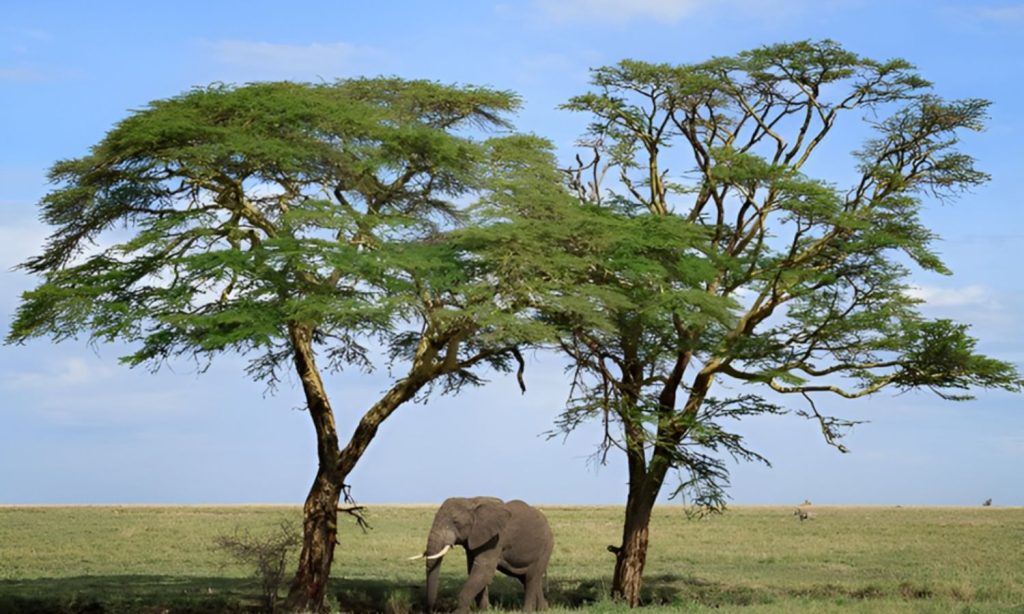
Serengeti National Park in Tanzania is famous for its vast plains and abundant wildlife, but its rich and varied plant life plays a crucial role in supporting the park’s ecosystem. From towering baobabs to dense acacia woodlands, the Trees in Serengeti National Park provide vital resources for the animals that call this iconic park home. Here’s a guide to the most common trees you can expect to see in Serengeti National Park of Tanzania in 2025.
Fig Trees – Serengeti’s Ecosystem Engineers
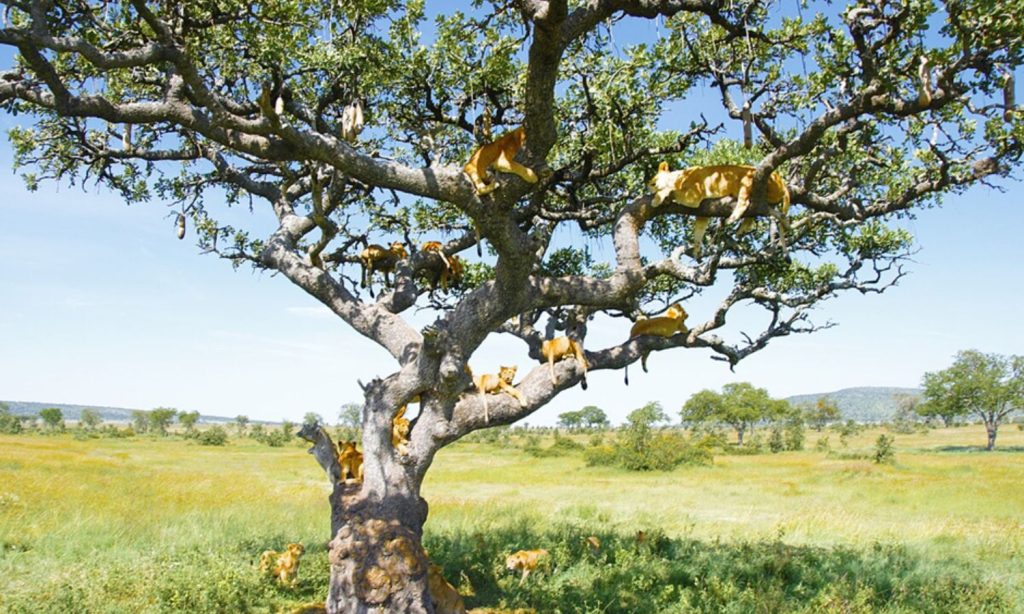
Fig trees (Ficus spp.) are another important species within Serengeti National Park Tanzania. Known as the “engineers” of the ecosystem, fig trees play a pivotal role in maintaining the park’s biodiversity. Their sprawling canopies offer shade and shelter for various creatures, including insects and large mammals like elephants. What makes fig trees particularly remarkable is their unique relationship with specialized wasps, which pollinate their flowers and lay eggs inside the fruits. This mutualistic relationship is a prime example of coevolution, demonstrating the interconnectedness of life in the Serengeti.
Wild Date Palms – An Oasis in the Serengeti
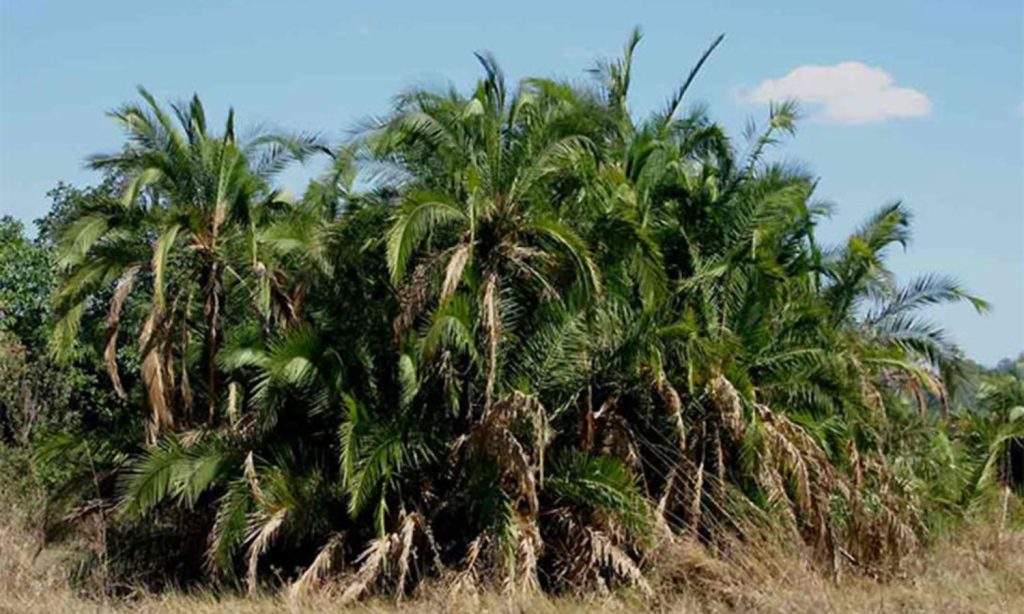
The Wild Date Palm (Phoenix reclinata) is a beautiful and essential tree that thrives in the Serengeti’s riverbanks and moist areas. Despite the dry conditions of the savannah, these graceful palms tap into underground water sources, making them a lifeline for many species. Their nutritious fruits are a vital food source for wildlife, including birds, insects, and mammals. For Tanzania Serengeti Tours participants, these palms provide a refreshing sight and a symbol of life’s resilience in the park’s arid plains.
Commiphora – Survivors of the Serengeti
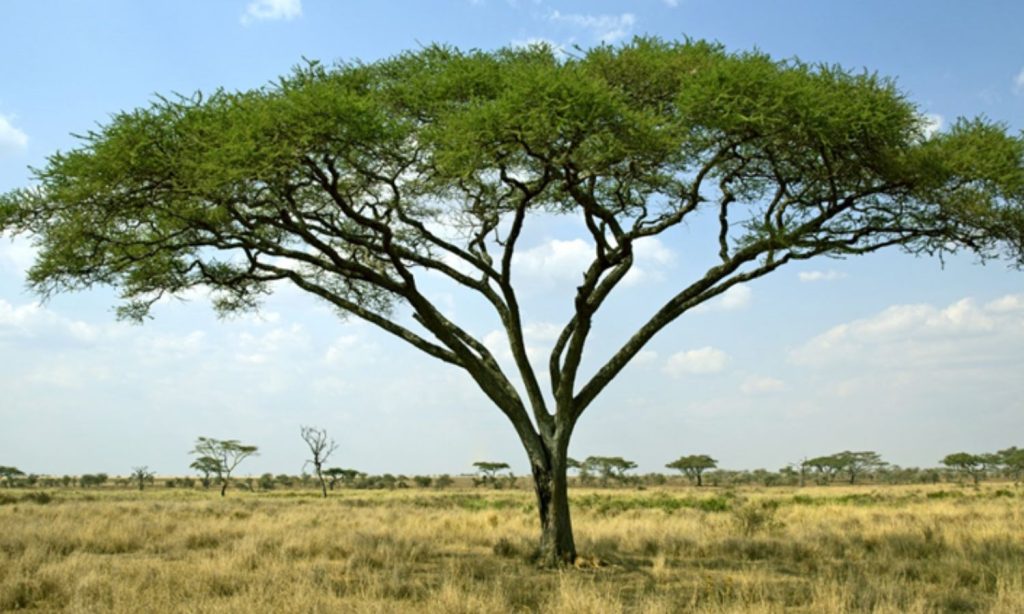
In the harsh, sun-drenched expanses of the Serengeti, Commiphora trees stand as symbols of survival. These drought-resistant trees have adapted to the extreme conditions by developing deep taproots to access underground water and producing sticky substances to defend against herbivores. These adaptations ensure the survival of Commiphora trees, which provide shelter and food for many Serengeti inhabitants.
Yellow Fever Trees – The Mysteries of the Serengeti
One of the most fascinating trees in Serengeti National Park is the Yellow Fever Tree (Vachellia xanthophloea). Recognizable by its yellow bark, white thorns, and wide-spreading branches, this tree is essential to the Serengeti ecosystem. Though not related to the disease it’s named after, the Yellow Fever Tree has medicinal properties and plays a crucial role in supporting wildlife. Its flowers attract pollinators, while its roots access groundwater, helping regulate water levels in the region.
Umbrella Trees – Providing Shade and Shelter
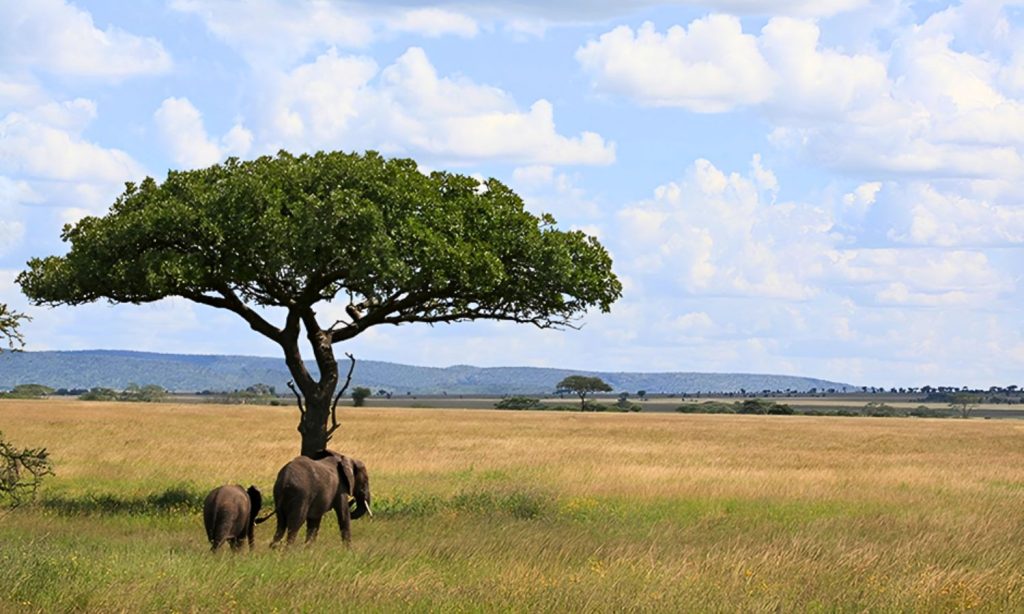
Umbrella trees (Acacia tortilis) are a quintessential feature of the Serengeti’s flat savannah landscape. Their flat-topped canopies provide shelter for a range of species, from browsing giraffes to nesting birds. These trees not only offer vital habitat and food but also contribute to the unique landscape of the Serengeti.
Whistling Thorn – A Unique Adaptation
Among the more intriguing species in Serengeti National Park Tanzania is the Whistling Thorn (Acacia drepanolobium). Known for the melodic sounds their thorns produce when the wind blows through them, these trees have developed a fascinating mutualistic relationship with ants. The ants protect the tree from herbivores, and in return, they receive shelter and food from the tree’s thorns. The Whistling Thorn plays a vital role in soil conservation, enriching the earth with nitrogen-rich leaves and supporting the growth of other plants.
Explore the Wonders of Serengeti’s Flora with Sumbi Extra Miles Safari
The Trees of Serengeti National Park are not only a breathtaking feature of the landscape, but they also form the foundation of a thriving, interconnected ecosystem. For those exploring on Serengeti Safari Packages, understanding the importance of these trees enriches the experience, providing a deeper connection to the park’s natural beauty.
Let’s plan your next Tanzania Safari Tours with Sumbi Extra Miles Safari and discover the wonders of Serengeti’s flora firsthand, ensuring these remarkable trees continue to thrive for generations to come.
Leave a Reply
Your email address will not be published. Required fields are marked *
Blog Categories
Follow Us
Design your own trip
Customize one of our recommended trips or design your own from scratch
Chat to an expert
Get advice and suggestions to make this your perfect trip.
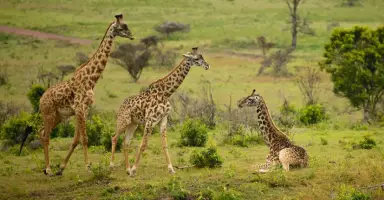
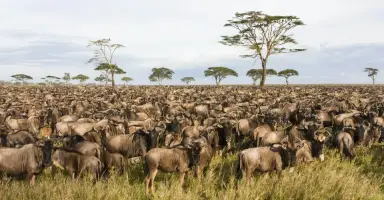
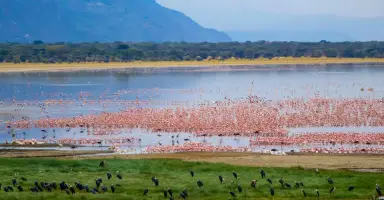
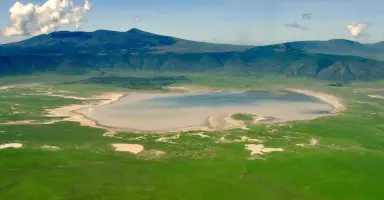
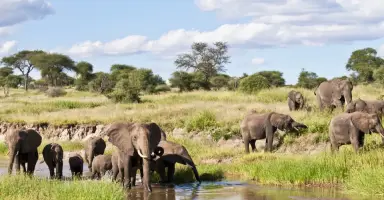
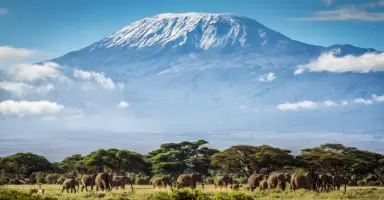
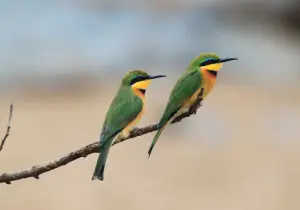
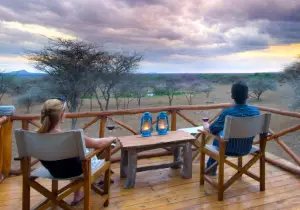
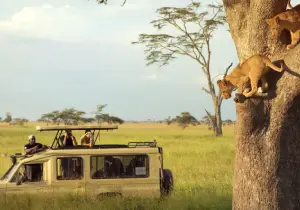
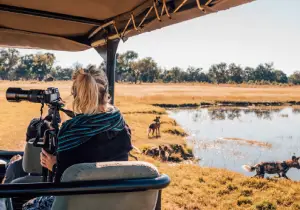

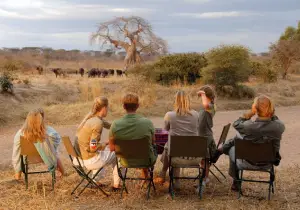
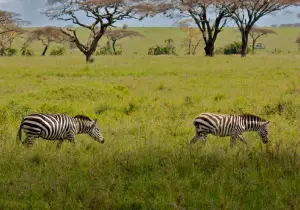


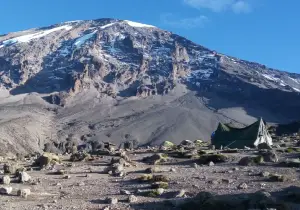
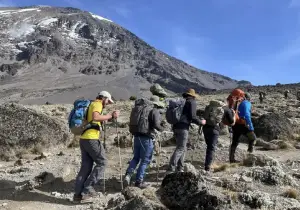
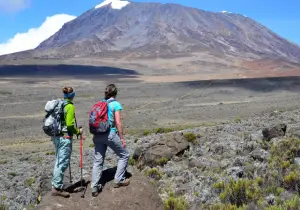

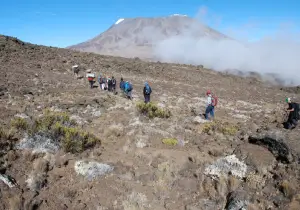


.png)

.png)

.png)




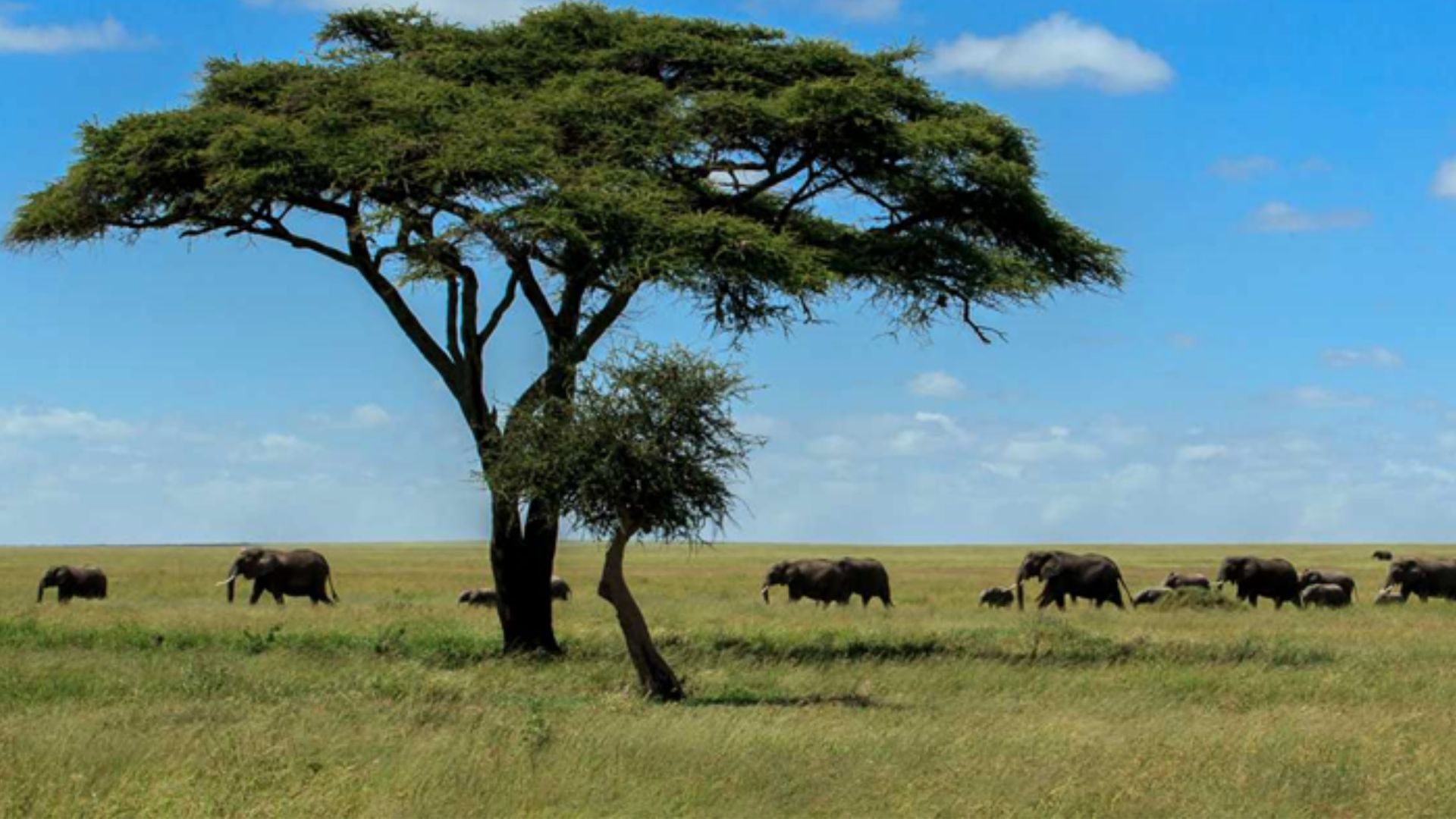
 4.9/5 (107 reviews)
4.9/5 (107 reviews)










